INVITED SPEAKERS
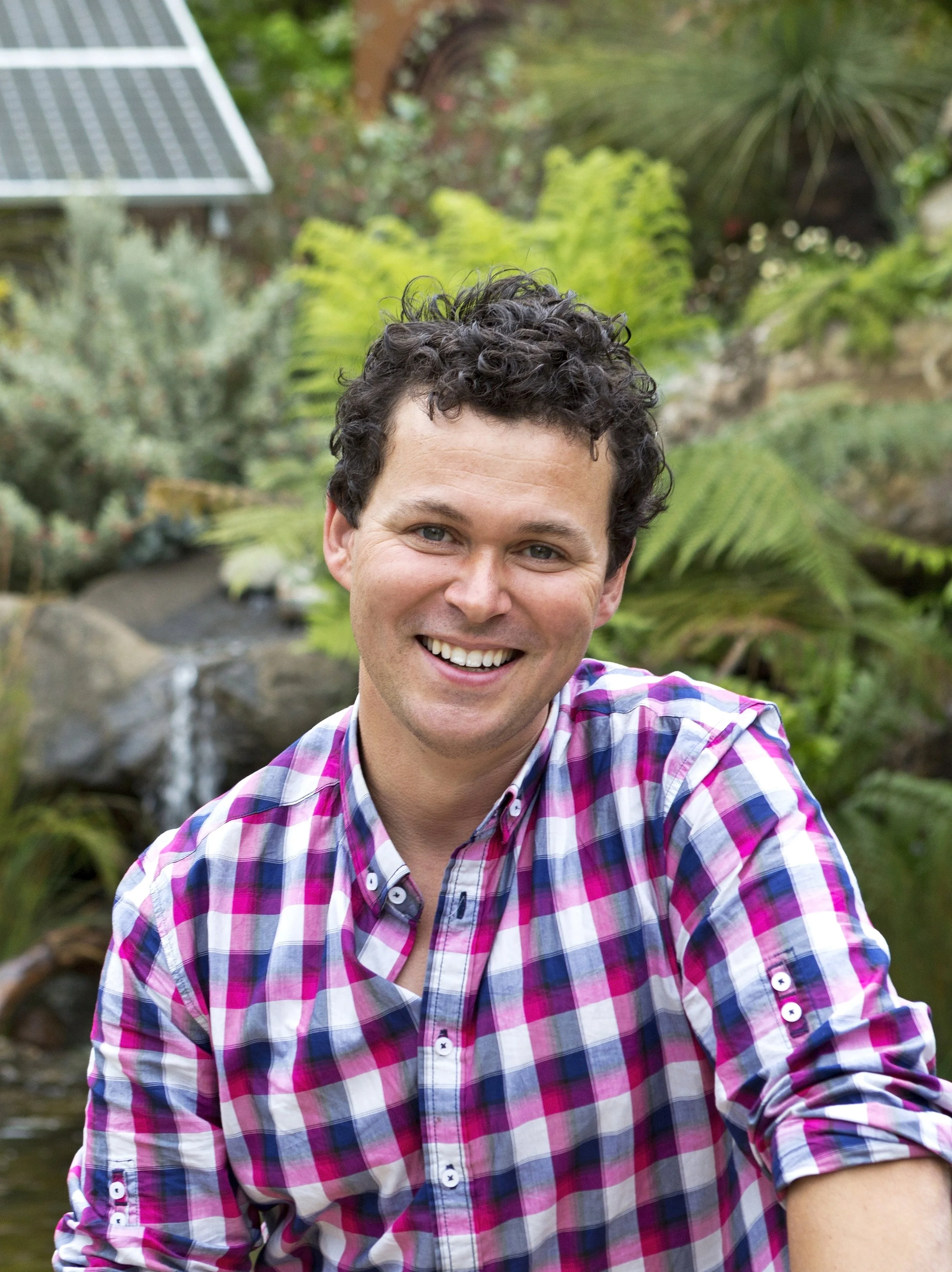
Phillip has been committed to greening our cities and addressing water management through innovative and sustainable landscape design for decades now. He has been enthralled by nature from childhood and through his work he engages people with the joy that nature brings. His book Connected- the sustainable landscapes of Phillip Johnson tells his story to date. His Gold medal, Best in Show win at Royal Horticultural Society Chelsea Flower Show, UK in 2013 put him on the world stage. His recreation of this award-winning garden, bigger and better in Olinda (the Chelsea Garden at Olinda) in the Dandenongs, Melbourne has been a major project over the last decade and just recently opened to the public.
Phillip Johnson
Phillip Johnson Landscapes
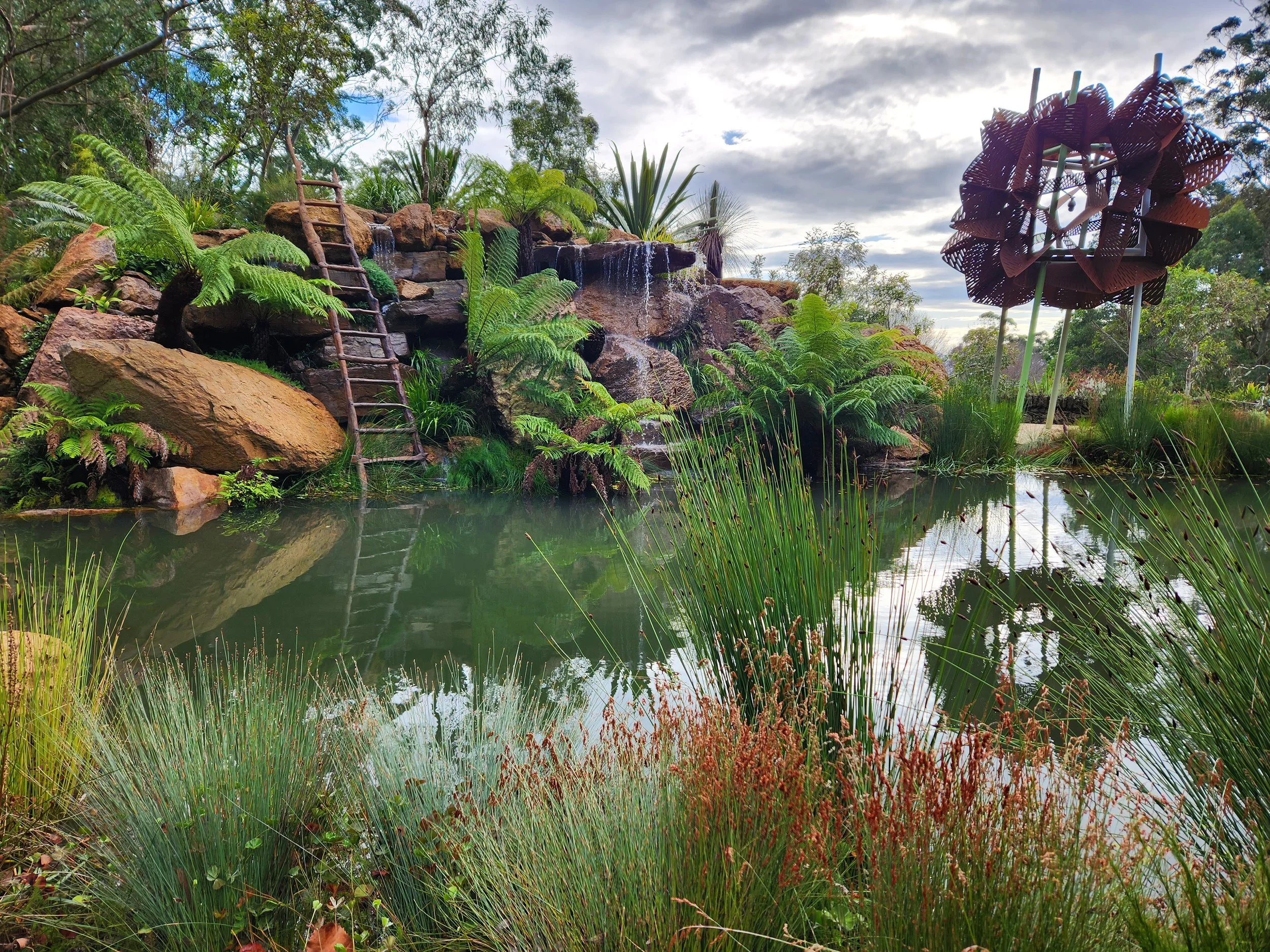
Arthur Swaby founded the Society for Growing Australian Plants SGAP now APS (Australian Plants Society). He had a deep conviction that Australian plants deserved a prominent place in Australian horticulture. For several years he wrote a column called “Know Your Natives” in the popular gardening magazine Your Garden. In 1957, inspired by enthusiastic interest in his column, he called a meeting for anyone who liked to grow Australian native plants. The response was overwhelming, and the Society for Growing Australian Plants was established in Victoria. Now, there are 29 District Groups across Victoria, and APS Victoria is a member of ANPSA – The Australian Native Plants Society (Australia), Australia’s largest horticultural society. This lecture is the iconic lecture of the conference and is open to the public as well as registered attendees.
Arthur Swaby
AJ Swaby Lecture
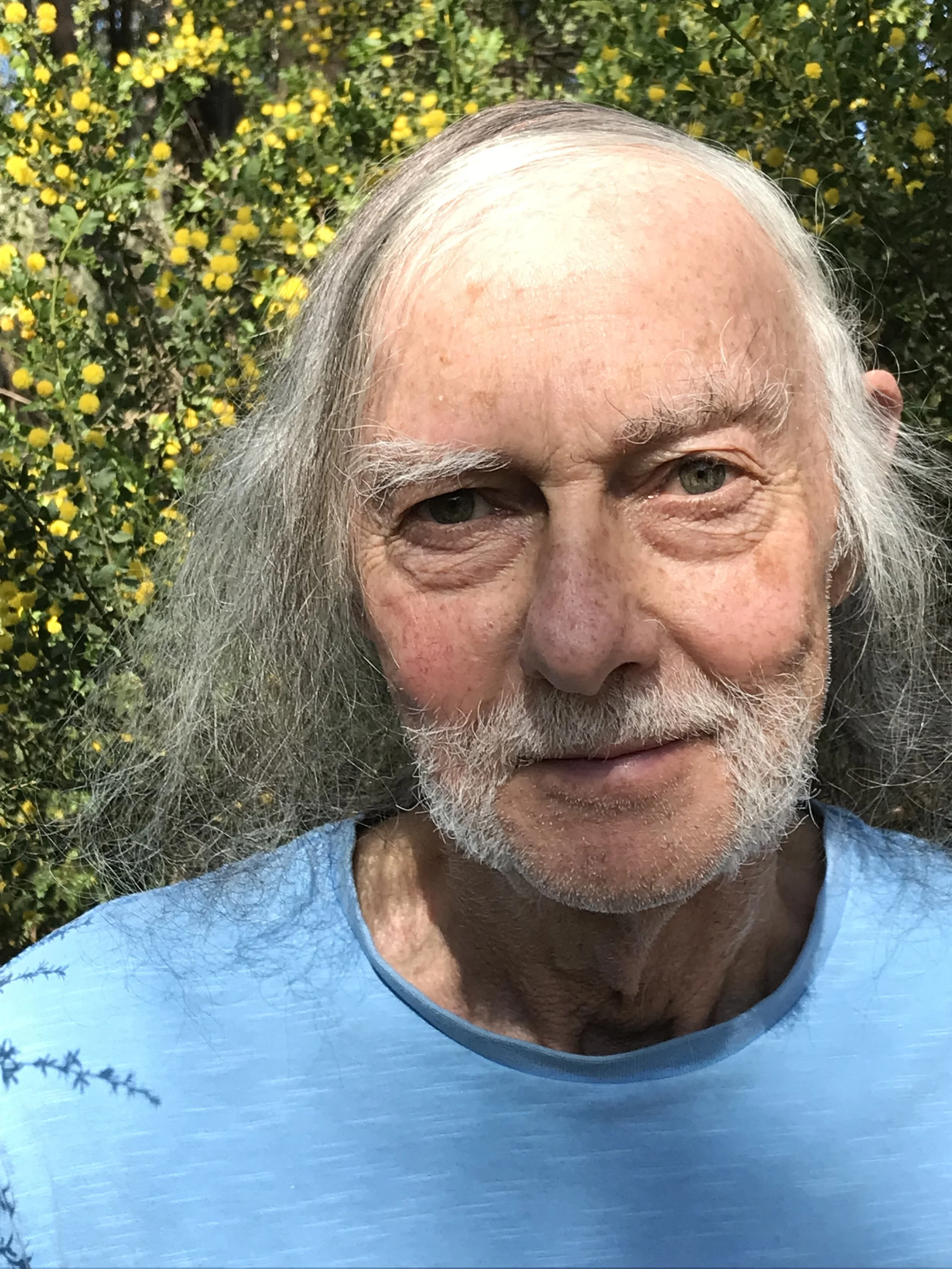
Bill Aitchison has been Leader of the Acacia Study Group since 2011, and has also been Editor of the Group’s Newsletter since 2007, during which time 58 Newsletters have been produced. His particular interest in Acacias was triggered by his involvement as a member of the Organising Committee for the 2006 FJC Rogers Biennial Seminar on Acacias, Knowing and Growing Australian Wattles. The year 2006 also coincided with his retirement from his job as a Consulting Actuary. He marks his decision to take early retirement as one of the best decisions he has made – it provided so much more opportunity to enjoy gardening, Australian plants and his association with our Society.
Bill and his wife Sue joined the Australian Plants Society Maroondah Group in 1987 and have both occupied various committee roles with that Group (Bill was President from 2001 to 2004). They are both Honorary Life members of the Group. They are also both Honorary Life Members of APS Victoria, for whom they have looked after the Society’s book sales function continuously since 2001.
They have a one acre property in Donvale (an outer eastern suburb of Melbourne) which features many species of Acacia and other native plants, and includes sections devoted to local indigenous plants. They try to provide habitat that is suitable for and welcoming to local wildlife. The garden has featured on the ABC’s Gardening Australia program and has also been open under the Open Gardens Victoria program.
Bill has spoken regularly at various meetings of Australian Plants Society and other groups, often on subjects relating to Acacias but also other topics as well. He will be speaking at the 2024 Conference on the subject of relationships between Australian acacias and wildlife.
Bill Aitchison
Leader of Acacia Study Group, Editor of the Group’s Newsletter
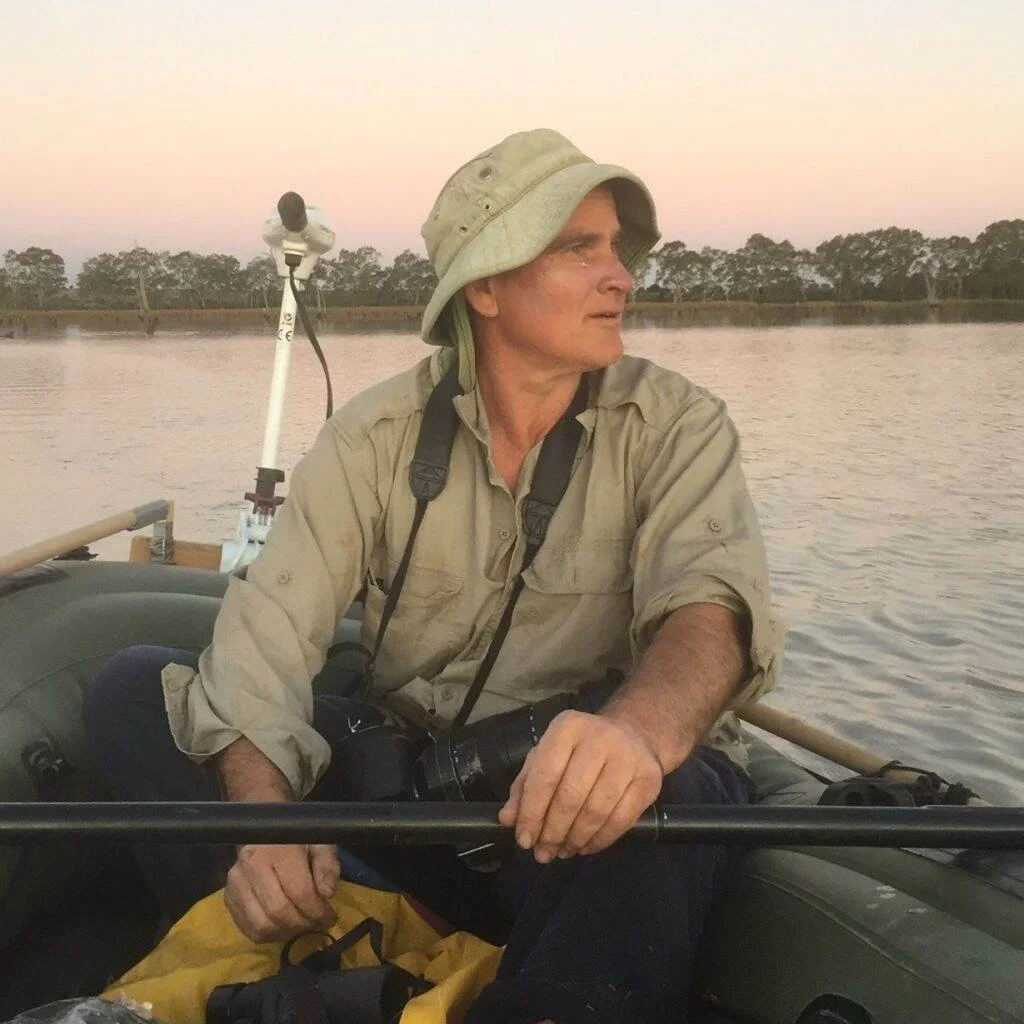
Damien lives in central Victoria but most of his current restoration work is focused in the semi-arid zone in north western Victoria.
Expertise:
Wetland restoration, Grassland and woodland restoration, Ecological monitoring (mostly birds, frogs and vegetation)
Damien Cook is the Director and Senior Restoration Ecologist at the Wetland Revival Trust. Damien has been a keen naturalist for 35 years and has developed a sound knowledge of flora and fauna ecology, identification, and habitat requirements. He is a recognised expert in wetland, riparian and terrestrial ecology, particularly in the factors affecting the establishment and management of aquatic and wetland plants, and the revegetation of terrestrial grassland and woodland ecosystems.
Damien has been instrumental in planning and delivering some of the largest and most complex ecological restoration projects to date in Victoria including the 40-hectare Waterways Estate in Braeside, Southeast Melbourne for which Damien received a Restoration Excellence Award from the Society for Ecological Restoration Australasia (SERA) in November 2016. Damien also helped plan and implement the restoration of 200 hectares of coastal park at the Victorian Desalination Plant, Wonthaggi. He currently works with Traditional Owner groups restoring wetlands, grasslands, and woodlands in and around the Kerang Wetlands and Gunbower Island Ramsar sites in northern Victoria. His current main interests are developing techniques to restore species-rich, macrophyte-dominated clear water wetlands from those that have become turbid and algae-dominated and restoring the tree canopy and carbon storage capacity in wetlands where this has been degraded by past poor water management practices.
Damien conducts training sessions and lectures on ecology and related subjects for universities, industry, and community groups. Damien has been on numerous scientific advisory groups including ‘Growling Grass Frog Technical Advisory Group’ and ‘Western Grassland Reserve Technical Advisory Group’. Outside of Australia Damien has worked on ecological restoration projects in Inner Mongolia and Timor Leste.
Damien Cook
Restoration Ecologist/Director
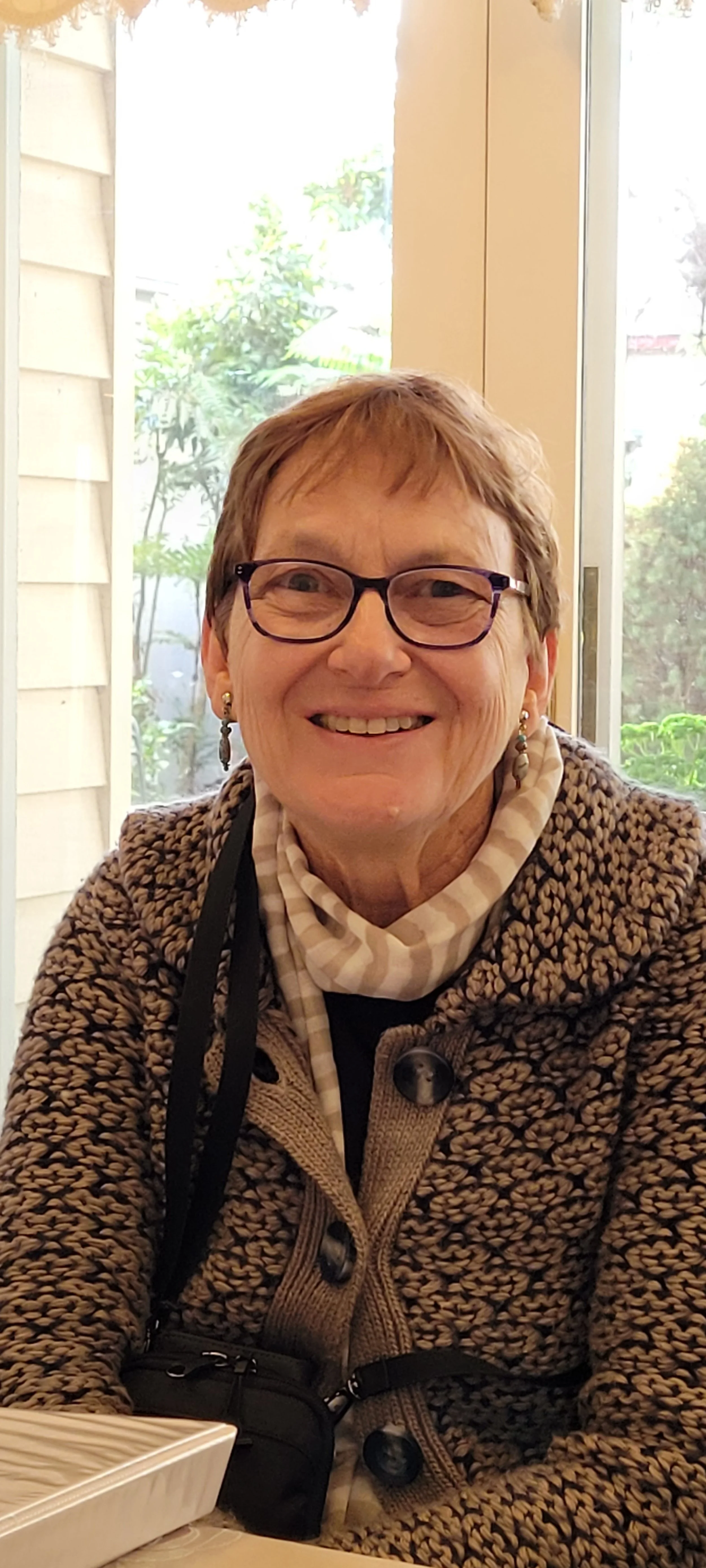
Chris has been a member of APS Vic Foothills Group for around 30 years. She is currently the leader of this group. She has a passion for garden design using Australian plants and has been thinking and writing about it for 25 years for the ANPSA Garden Design Study Group, and more recently the Victorian quarterly newsletter ‘Growing Australian’. Chris has a large stroll garden of approximately 0.4 hectare, (1 acre) on a north facing hillside 35 kms south-east of Melbourne. The garden showcases a wide range of plants and is a haven for wildlife. Her garden featured in the December 2023 issue of ‘Gardening Australia’ and featured on ‘Gardening Australia’ on Nov 17, 2023. You can visit her garden during the conference as part of the ‘Gardens for Wildlife’ excursion.
Chris Larkin
Leader, APS Vic Foothills Group

Neil began growing native plants as a 12 year old living in Frankston, but it was the birds that were attracted to the native gardens, particularly the honeyeaters that Neil was really interested in. Neil could see that Grevilleas, Correas and Banksias in particular attracted most honeyeaters, and so began the quest to grow as many species as possible. After exhausting the supplies of available plants at nurseries around Melbourne, school holidays were based around heading off into the bush with his parents and finding new species. Neil obtained herbarium records of all Grevillea populations and it was not long before every Victorian species was collected and under cultivation. It was then time for holidays further afield!
Friendship at this time with Rodger & Gwen Elliot and Bill Molyneux fostered his interest, and a university degree, majoring in biogeography put the science of plant distribution into his now considerable knowledge of our native plants, their distribution and their cultivation. Knowledge of how and where a plant grows in the wild makes considerable difference to how to successfully cultivate it. After 10 years as a school teacher he developed ‘White Gums Nursery’ specialising in the rare and beautiful Australian native plants, with extensive display gardens open to the public. Friendship with Peter Olde lead to the decision to write the comprehensive 3 volume ‘bible’ on Grevilleas – ‘The Grevillea Book’. Shortly after this an interest in native grasslands lead to the writing of the ‘Field Guide to Grassland Plants of South-east Australia’.
For 16 years, Neil was manager for Trust for Nature in western Victoria, working with private landholders and assisting them to permanently protect and enhance their properties for flora and fauna. As a botanical collector he has also incorporated into these landscapes many rare and critically endangered plant species from all over the country.
After many years travelling and researching native plants all around Australia, Neil now runs an Environmental and Horticultural Consultancy business with his wife Wendy, and has carried out extensive flora surveys and created many beautiful garden landscapes. Fifteen years ago he was contracted by Dunkeld Pastoral Co to redevelop and extend the extensive native gardens at the Royal Mail Hotel and the many other gardens in the Dunkeld area. His deep love of nature, combined with his love of our Australian flora has developed into a distinct style of landscaping where “naturalistic” gardens are created using non-indigenous native species in a bold and yet harmonious way that pleases the eye of the human, while attracting local birds, lizards, frogs and other fauna.
Neil holds the Plant Trust Australia official Grevillea Collection, and is Conservation Officer for the Australian Plants Society, Victoria. He is currently Honorary Site Development team leader for WAMA Botanic Gardens in the Grampians, western Victoria. Here the Wildlife Art Museum of Australia, aka WAMA, will showcase our wonderful wildlife art in a superbly landscaped Australian native botanic garden setting, specialising in our rare and endangered Australian flora as well as the iconic Banksias, Waratahs, Grevilleas and Gum Trees.
Neil Marriott
Plant Trust official Grevillea Collection, Conservation Officer for Australian Plants Society, Honorary Site Development team leader for WAMA

Dr Noushka Reiter. Affiliations: Royal Botanic Gardens Victoria, Science Division, Corner of Ballarto Road and Botanic Drive.
Ecology and Evolution, Research School of Biology, ANU College of Science, RN Robertson Building, 46 Sullivans Creek Road, The Australian National University
Dr Noushka Reiter leads an internationally recognised orchid conservation program, which has bolstered the populations of 14 endangered species by up to 260%. Using innovative methods to study pollinators and symbiotically propagate over 20,000 plants across 80 endangered species, her work safeguards Australia's unique botanical diversity, providing a blueprint for global plant conservation. Winner of the Eureka Prize for Botanical Excellence 2023
Dr Noushka Reiter
Senior Research Scientist, Royal Botanic Gardens Victoria

Julie Weatherhead, author of Australian Native foods Harvest – a guide for the passionate cook and gardener, Second Edition 2023. The book is designed for gardeners, foodies, cooks, teachers, and students.
Julie is a native food plant specialist, ecologist and environmental scientist. She has over 25 years’ experience in teaching, growing and cooking with Australia’s unique edible plants at Peppermint Ridge Farm Tynong North Victoria. Her research has focused particularly on the nutritional, environmental and culinary properties of these food plants.
With husband Anthony Hooper she runs the Living Classroom at Peppermint Ridge Farm, which includes the Native Foods Forest, Schoolhouse Café and the Cornucopia Living Heritage Centre at Tynong North in Victoria.
Julie Weatherhead
Author of Australian Native foods Harvest
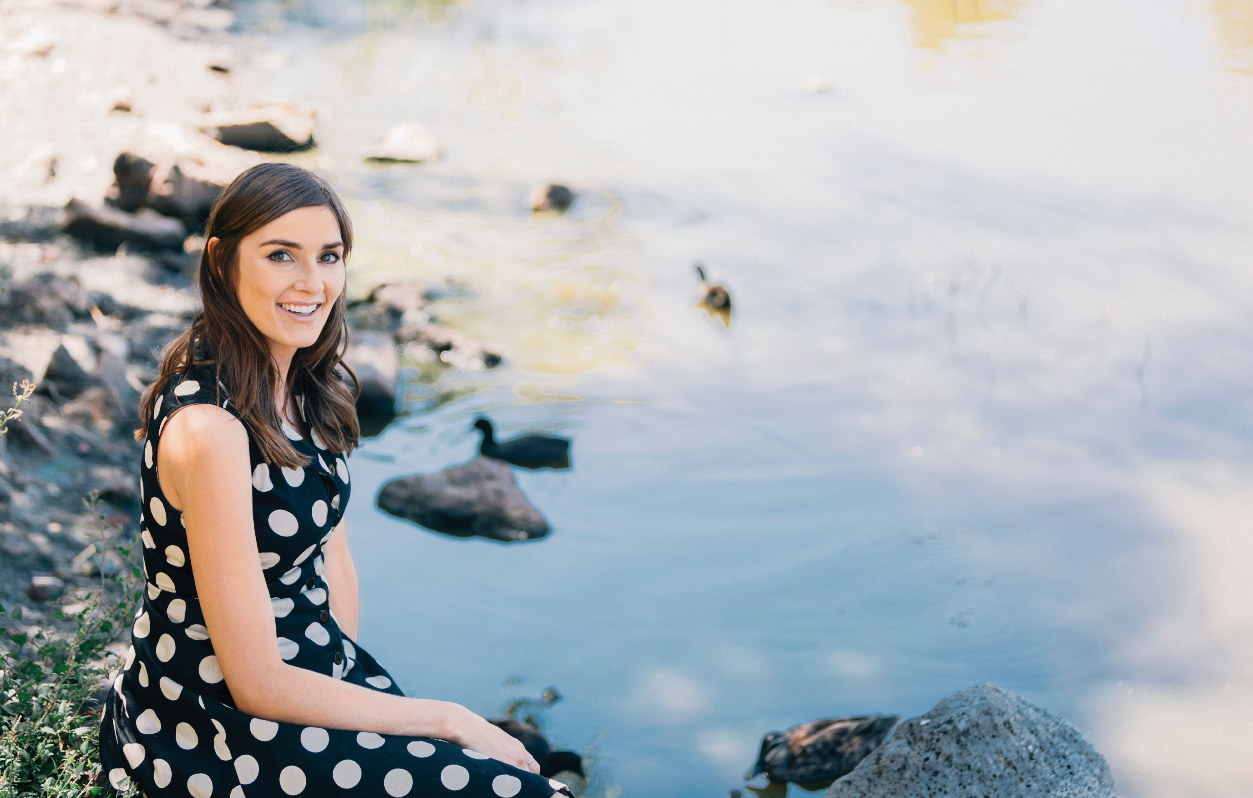
Emmaline is an award-winning Landscape Architect and the director of STEM Landscape Architecture & Design.
Emmaline grew up on her family’s farm in the small district of Winnindoo in East Gippsland. It was during this time that Emmaline’s love for nature and animals flourished. As a child, she helped her parents on the farm, looking after livestock and her menagerie of pets, milking the cows, feeding the animals, and carting hay. But her favourite responsibilities were feeding the baby calves and lambs, helping orphaned farm and wild animals, and assisting with the revegetating of the creek and laneways. Every so often Em would venture into the creek to observe the animals, plants, insects, fish, and reptiles and as she grew, she saw the plants and the biodiversity grow along with her.
She believes that every answer can be delivered when you look into nature, & she strives in creating environments that respect Australian flora & fauna in ways that are not only beneficial but beautiful.
Emmaline has worked on numerous projects, from small to medium sized properties up to large scale properties and farms. Her favourite projects are the ones involving water, whether it’s a small to medium sized pond up to large scale dams, wetlands, and swales. Her work has been featured in numerous publications such as the Age, Herald Sun, House & Garden, and Birds in Backyards Magazine, and she has appeared on Gardening Australia featuring her large wetland project in the Plenty Valley and as a guest host with topics on how to bring Wildlife into your garden.
Emmaline loves all animals (even the creepy ones), which is why she likes to create habitat for them. Being able to design spaces for not only humans and animals is what she is passionate about and thinks that this is the direction we need to look towards in all future designs and projects.
Em’s other hobbies are getting out into nature, hiking, traveling, drawing, aquariums, and spending time in the garden and on the family farm.
Emmaline Bowman
Award-winning Landscape Architect and the director of STEM Landscape Architecture & Design.

Emma is a mum, teacher, pianist, performance coach, author, avid street gardener, amateur naturalist and amateur plantswoman. She is also Founder of The Heart Gardening Project (THGP), an environmental charity based in the heart of Melbourne that combines community, science and care to joyfully connect humans to humans, humans to nature and nature to nature through street gardening. THGP’s main focus at this point is creating the Melbourne Pollinator Corridor (MPC).
Through THGP, Emma revels in connecting the dots between people, ideas and various fields of expertise, connecting to nature through her street gardening, getting completely covered in dirt and creating positive systemic change.
Emma is a Kenneth Myer Innovation Fellow for 2023 and other highlights of the past year include speaking alongside Prof Nigel Dunnett and Prof James Hitchmough, speaking at the 2023 City of Melbourne Urban Biodiversity Symposium and being supported by Fiona Brockhoff Design on various MPC projects.
She has written and self-published a book, Melbourne Pollinator Corridor Handbook, and has had her words and images appear in numerous publications.
In addition to this, Emma has been a professional pianist, teacher and performance coach for the last 15 years and her 12 year journey through Chronic Fatigue Syndrome has helped shape her to be the person she is today.
Emma Cutting
Mother, teacher, pianist, performance coach, author, avid street gardener, amateur naturalist and plants woman.
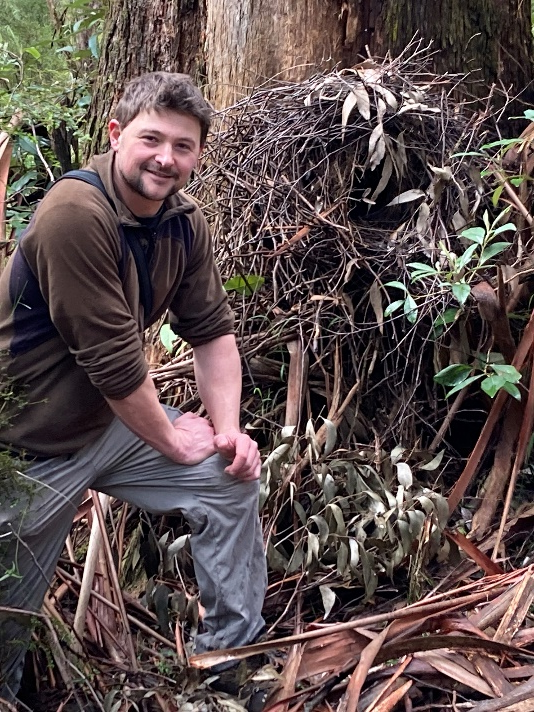
Alex Maisey is an early-career ecologist interested in ecosystem function and the many ways biota interact with their environment. While obtaining his PhD at La Trobe University, he studied the ecosystem engineering role of the iconic Superb Lyrebird in Victoria’s central highlands. Taking an experimental approach, Alex measured the impact that lyrebirds have, through their foraging, on plants, soil nutrients, macro-invertebrates and fungi in the litter and soil on the forest floor. This project required extensive field work over two years, leading him to explore the world of microbial ecology, soil chemistry, entomology, as well as the more familiar fields of botany and zoology.
Alex’s PhD research led to a post-doctoral position at La Trobe University, funded by a partnership between BirdLife Australia and WWF-Australia, to assess the impacts of the 2019/20 megafires on lyrebirds across Victoria and southern NSW. Alex used a range of landscape-scale spatial analyses and spatially explicit predictive modelling to provide a snapshot of lyrebird activity in the post-fire environment, revealing severe implications of high-severity fire on the species.
Alex is currently undertaking on-farm measures of ecosystem services provided by nature. These services include pollinators, decomposers (i.e. fungi, bacteria and detritivore invertebrates) and beneficial invertebrates (e.g spiders, parasitoid wasps, predatory bugs).
Dr Alex Maisey
Early-career ecologist, PhD
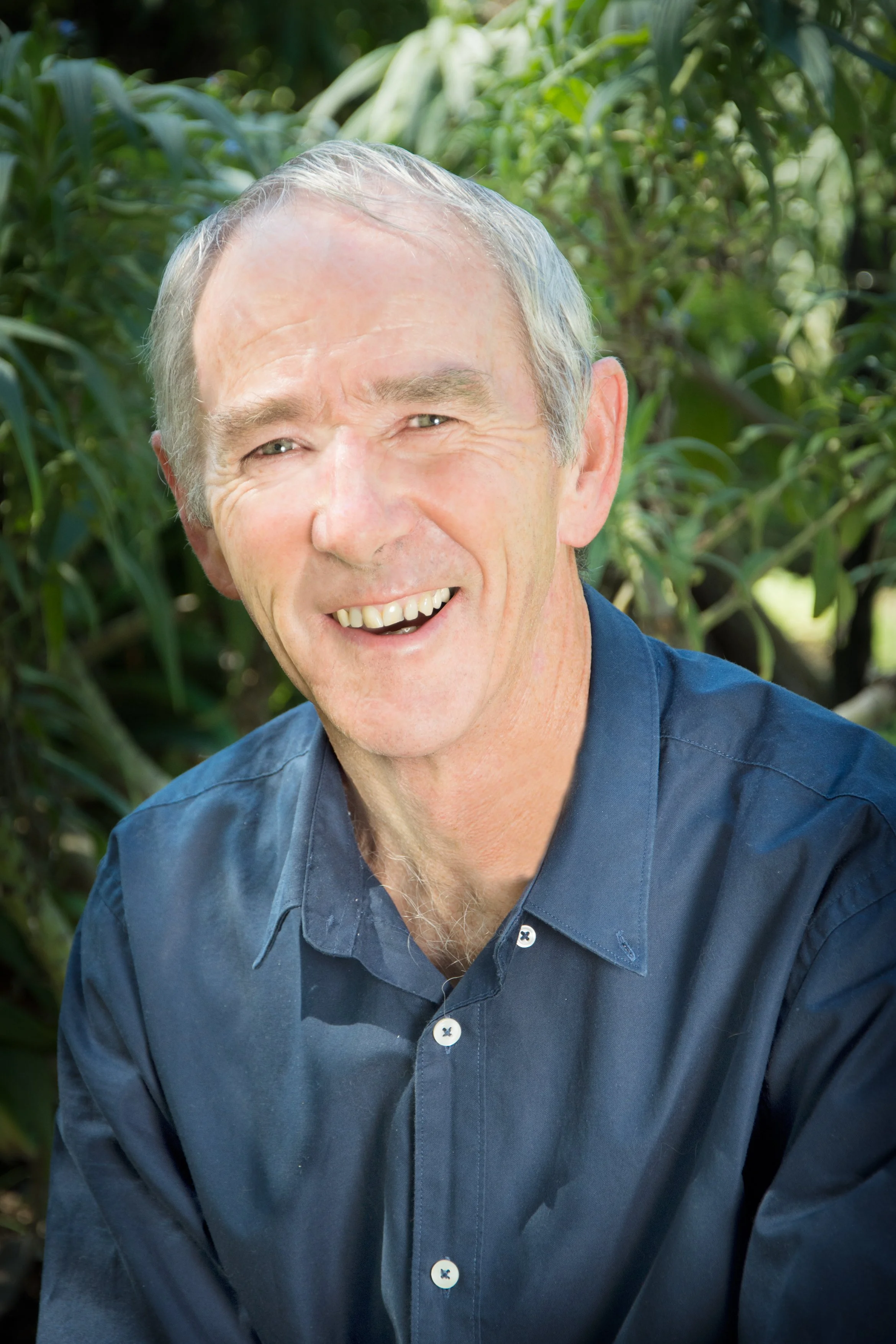
Dr Greg Moore Senior Research Associate of Burnley College, University of Melbourne was Principal of Burnley from 1988 to 2007, and Head of the School of Resource Management at the University from 2002 to 2007.
With a general interest in horticultural plant science, revegetation and ecology, Greg is particularly interested in arboriculture. He was inaugural president of the International Society of Arboriculture, Australian Chapter, and has been a member of the National Trust’s Register of Significant Trees since 1988 and chair since 1996. He has served the boards of Greening Australia (Victoria) 1988-2012 and Trust for Nature, 2009-17. He has been on the board of TREENET (chair 2005-2019) and is on the board of Sustainable Gardening Australia. He has written three books, seven book chapters and has published over 200 scientific papers and articles. He was awarded an OAM in 2017 for services to the environment, particularly arboriculture.
Dr Greg Moore
Senior Research Associate of Burnley College, Principal of Burnley, Head of the School of Resource Management
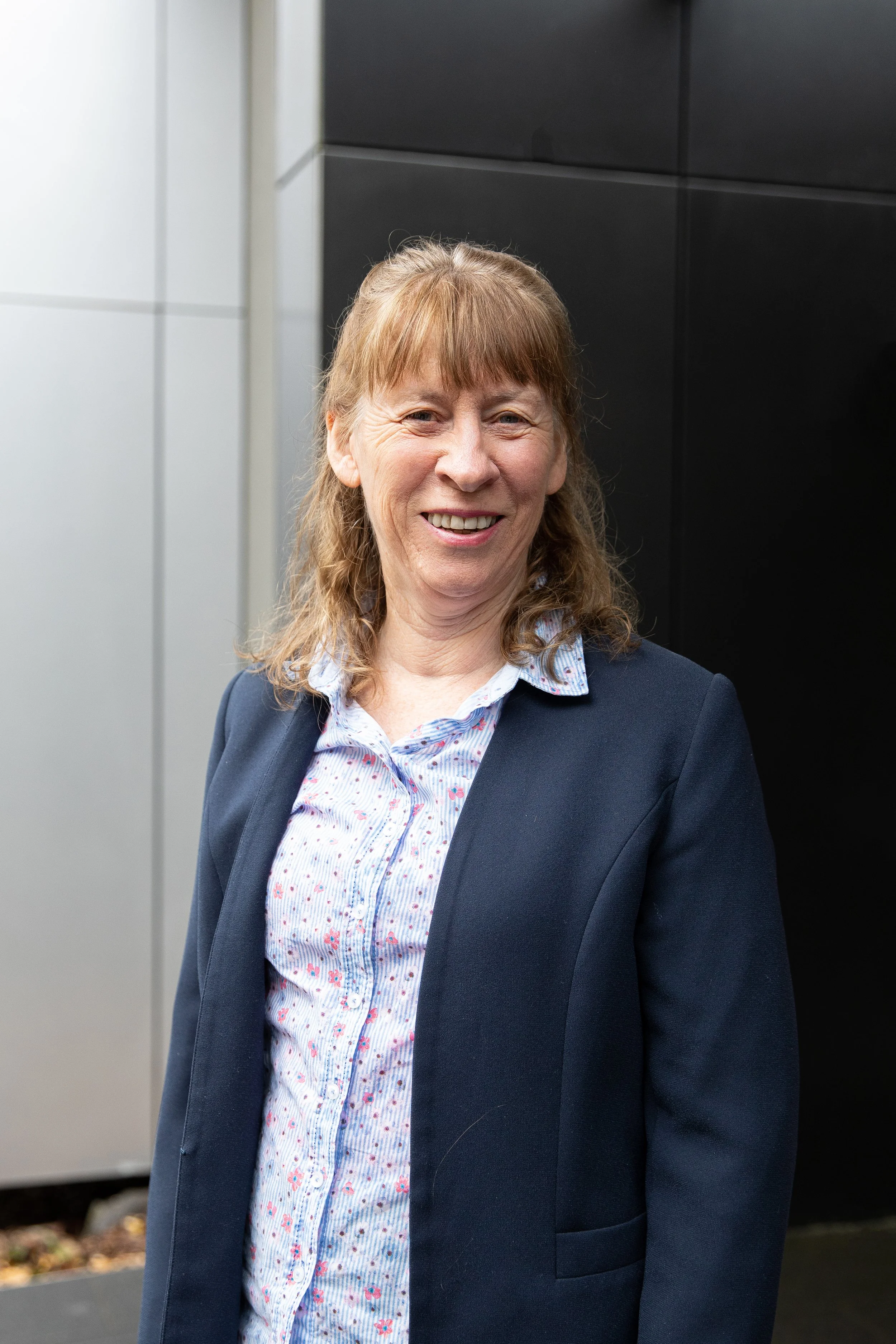
Dr Lyndal Thorburn "discovered" Eremophila as garden subjects in 1985, and shortly afterwards joined the Eremophila Study Group. She has led the group since 2015. Lyndal's entusiasm for Eremophils knows know bounds and has led her to grow over 100 varieties in her shady and somewhat frosty garden in Queanbeyan NSW. She has also recently taken up traversing the country in search of them in the wild. Lyndal's talk will cover the genus, its horticulture and some of the exciting work the Study Group is doing with the University of Queensland, on germination of Eremophila from seed. Dr Robyn Cave, Senior Lecturer in Horticulture at the University, will also participate in this presentation.
Further background:
Lyndal has been a member of the Australian Plants Society – Canberra Region since 1979. In 2018 she and her husband Tom Jordan were made life members for their work in plant propagation, editing of the 2nd edition of Australian Plants for Canberra Gardens, and for Lyndal’s decade in various roles on the Canberra and ANPSA Councils. Lyndal is also an enthusiastic contributor to Canberra and Budawang Coast Nature Maps and is busy recording the location of wild Eremophila on these sites as well as inaturalist.org.
Lyndal Thorburn
Leader, Eremophila Study Group

Dr Dimity Williams is a mother, nature lover, and family doctor and more recently, an author. Following her medical degree, she completed further training to become a fellow of the Royal Australian College of General Practitioners. She has worked as a Family Physician for 25 years in inner Melbourne on Wurundjeri Country, and enjoys looking after the whole person from pre-conception to old age. Dimity has completed additional training in obstetrics, paediatrics and mental health, particularly mindfulness meditation.
She has worked in environmental advocacy with multiple organisations from grassroots community groups to large associations. Dimity is an alumna of the Centre for Sustainability Leadership, a co-founder of the Kids In Nature Network, and founder of Doctors for the Environment Australia’s Biodiversity Special Interest Group. Passionate about integrating nature into healthcare, she has written and spoken about the ‘nature: health interface’ in various forums and delights in issuing nature prescriptions.
Dimity Williams
Mother, nature lover, family doctor and author
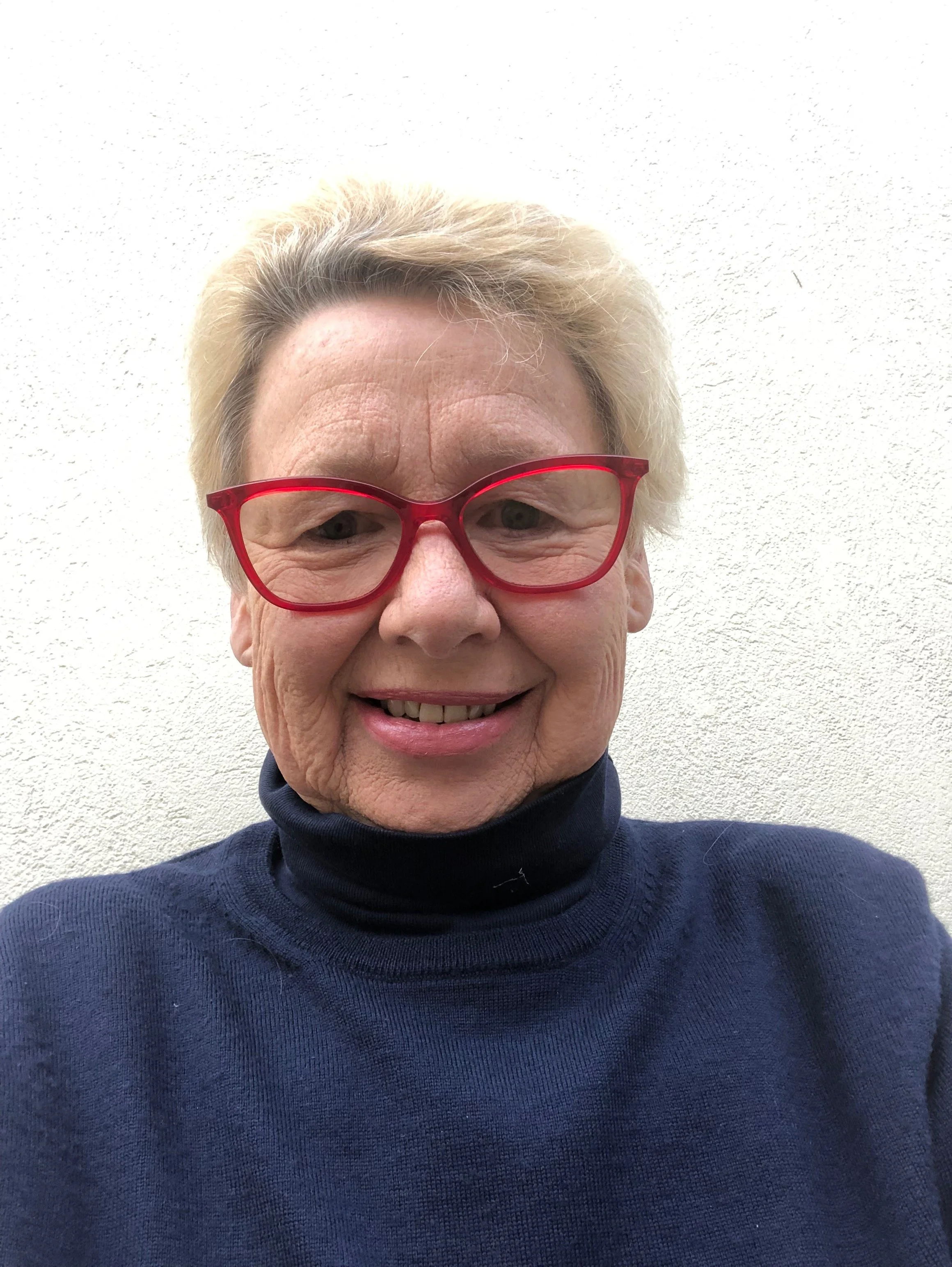
Jill began her career as a landscape architect at then South Melbourne Council, followed by work in a landscape design collaborative that was based in the western suburbs of Melbourne. In 1995, Jill joined the Royal Botanic Gardens Victoria (RBGV) and was employed as the landscape planner at the Cranbourne Gardens. During the next 27 years, she was associated with the design and development of the award-winning Australian Garden. Although recently retired, Jill continues to assist the RBGV in a volunteer capacity. Continuing her previous involvement with regional botanic gardens, Jill is also helping to establish the Grampians/Gariwerd Endemic Botanic Garden in the vicinity of Halls Gap.
Jill Burness
WAMA
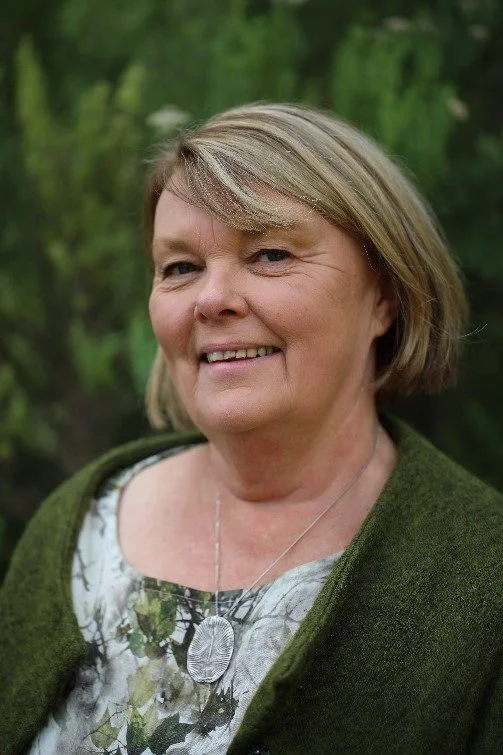
Nadine Gaskell is passionate about the value of urban biodiversity and connecting communities to nature and each other.
Nadine has been a Biodiversity leader for over 20 years and leads a team at Knox City Council.
She has extensive experience in policy, strategy, planning and community education.
Nadine is architect and co-founder of the award winning Gardens for Wildlife Program creating enduring community and business connections, with over 1000 household participating in the Program in Knox.
She is Chair of Gardens for Wildlife Victoria, which is recognised, by the State Government as a key body supporting urban biodiversity and community connection to nature.
G4W Vic currently has 20 affiliated Programs across the State and continues to grow.
Nadine is an avid bushwalker and enjoys nothing more than walking and bird spotting in nature.
Nadine Gaskell
Chair, Gardens for Wildlife

Ann McGregor OAM is an environmental planner who has worked as an academic, in the Victorian public service, and as a consultant. She has been actively involved in the Merri Creek organisations since 1976, including as Vice-President of Friends of Merri Creek Inc, and as President of Merri Creek Management Committee Inc. She has co-ordinated quarterly bird surveys at 10 sites along the Merri since 2008. In 2017 Ann co-founded the Nature Stewards program in Victoria to support learning about local ecosystems, conservation, and environmental volunteering. She is Chair of the Nature Glenelg Trust.
Ann McGregor OAM
Environmental planner and consultant

Dr Annie Naimo is the Urban Bird Program Coordinator for BirdLife Australia. Her work focuses on preventing the decline of species that live amongst humans, right across the country. The Urban Birds Program combines on-ground research, direct advocacy and community engagement to aid Australia’s unique and precious birdlife.
Dr Annie Naimo
Urban Bird Program Coordinator , Birdlife Australia
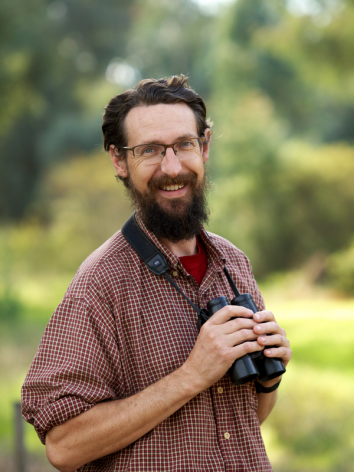
Professor Dave Watson leads a group of researchers working at the interface between community ecology and landscape-scale restoration. In addition to distributional dynamics, Dave’s team develops new ways to estimate biodiversity, pioneering the use of results-based stopping rules to standardize diversity estimates. In ongoing collaborations with other ecologists and computer scientists, he’s devising ways to detect wildlife automatically using long-duration recordings from the Australian Acoustic Observatory. Dave’s current research extends to sandalwood management in the western desert, wildlife conservation in agricultural landscapes, mistletoe ecology and evolution worldwide, the development and manufacture of future-proof nest boxes (using 3D-printed plastics), working with landholders to maximise Carbon sequestration in on-farm habitats, and using strategic interventions to keep common species common.
Prof David Watson
Professor of Ecology, School of Agricultural, Environmental & Veterinary Sciences, Gulbali Institute
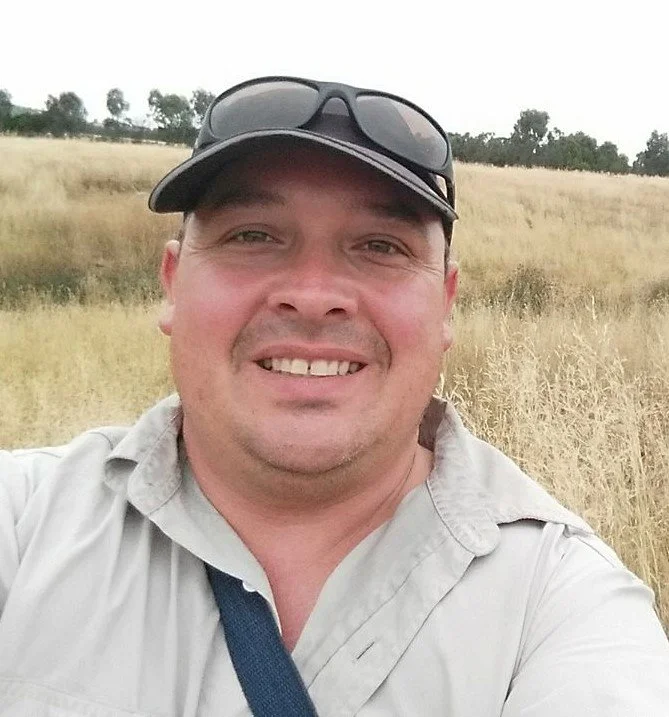
Michael has been involved with the revegetation industry for almost 30 years.
After completing an Associate Diploma of Natural Resource Management at Epping T.A.F.E in 1995 whilst working after hours constructing nest boxes for La Trobe Wildlife Sanctuary, Michael begun working for the City of Darebin bush crew along the Darebin Creek, and weekend work for Moonee Ponds Creek Management Committee supervising community planting projects saw him begin to gain a detailed understanding of the local ecosystems.
In 2000 he began working as a full time Nursery assistant at the Wildlife Sanctuary nursery which fed his obsession with indigenous plants and helped develop his deep botanical knowledge of the local flora and their ecosystems.
Michael then took on the role of Nursery coordinator where he fine-tuned many of his identification skills in the field with many long hours of seed collection and sourcing material from rare and threatened species for propagation.
In 2013 Michael’s role changed to Biodiversity Coordinator to include the ecological monitoring and citizen science programs within the wildlife sanctuary and the greater university. Michael finally graduated at La Trobe University in 2016 (Bachelor of Wildlife Conservation and Ecology).
In his time working for La Trobe University Michael has conducted many industry targeted workshops such as Grass Identification, Wetland construction, Plant Identification, Nest box construction, Plant propagation and Habitat enhancement.
Over the last 20 years Michael has also worked outside of his normal spread of hours as an Ecological Consultant, Zoologist and of course a Botanist contracting to various organizations such as Banyule City Council doing vegetation assessments, Darebin City Council commissioned artworks and vegetation mapping, Darebin Parklands and Kinglake National Park doing vegetation surveys and leading nature walks and bird surveys for Whittlesea, Darebin and Banyule Councils.
Michael Cincotta
Biodiversity Coordinator, La Trobe University

Dr Meg Hirst is a plant ecologist, horticulturist, and trainer with specialist skills in seed banking for ex situ plant conservation through her employment in the Victorian Conservation Seedbank, Royal Botanic Gardens Victoria (RBGV). Her research interests are in the field of seed ecology, with a focus on germination and dormancy strategies of Australian alpine species. Meg is currently involved in an ARC linkage project Mountain Champions employed through Deakin University, exploring the germination niche breadth of key alpine species commonly used in rehabilitation programs in Australian alpine areas.
Meg enjoys sharing the experience of growing plants, particularly species considered endangered in the wild and assessing their horticultural potential. This interest sparked the Raising Rarity project – a collaborative RBGV effort across conservation horticulture, seed science, genetics, and education. The project takes an integrated approach to conserving rare and threatened Victorian species in the wild, using representative populations in living collections, and raising awareness of threatened flora through outreach programs.
Megan Hirst
Plant ecologist, Horticulturist, Specialist skills in seed banking
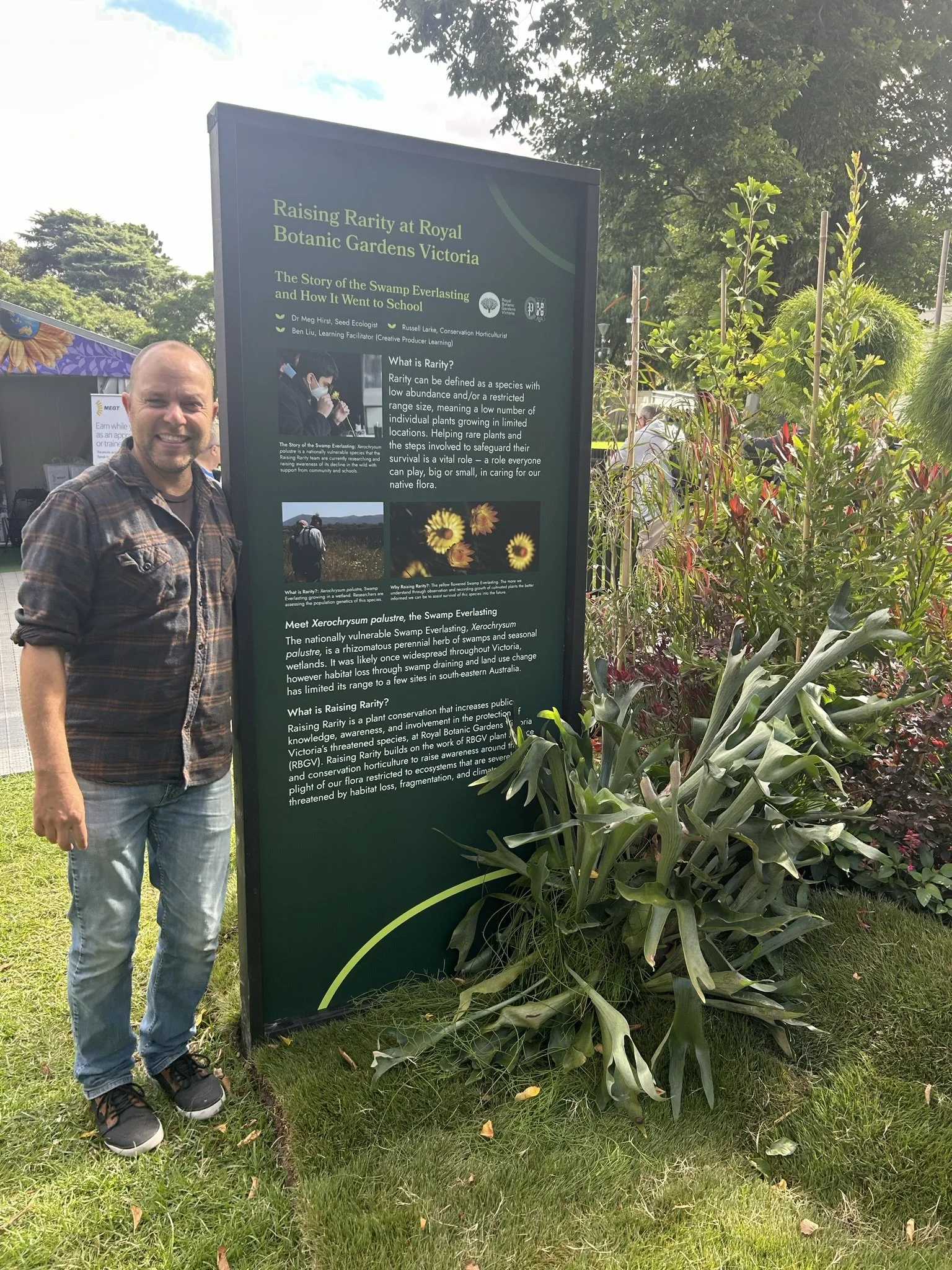
Russell Larke (BSc (Botany), Dip. Hort, Dip. CLM) is a Conservation Horticulturist at the Royal Botanic Gardens Victoria and has led the development of the living collections with a focus on rare and threatened south-east Australian flora over the last ten years. He is currently involved in multiple conservation projects including most recently, developing the ex situ living collections for the RBGV-led Bushfire Recovery project, the delivery of the DELWP partnered Flood Recovery Project, Nature Fund and single species conservation projects. Russell is heavily involved in partnered conservation and education programs for stakeholders, school groups, public and private landowners, regional botanic gardens, specialist horticultural groups and the public, facilitating several RBGV led projects including Raising Rarity. He currently manages the threatened species living collections at the RBGV Cranbourne which involves both nursery production and the establishment and curation of plants in the Australian garden and research beds at the RBGV Cranbourne.
Russell Larke
Conservation Horticulturist at the Royal Botanic Gardens Victoria
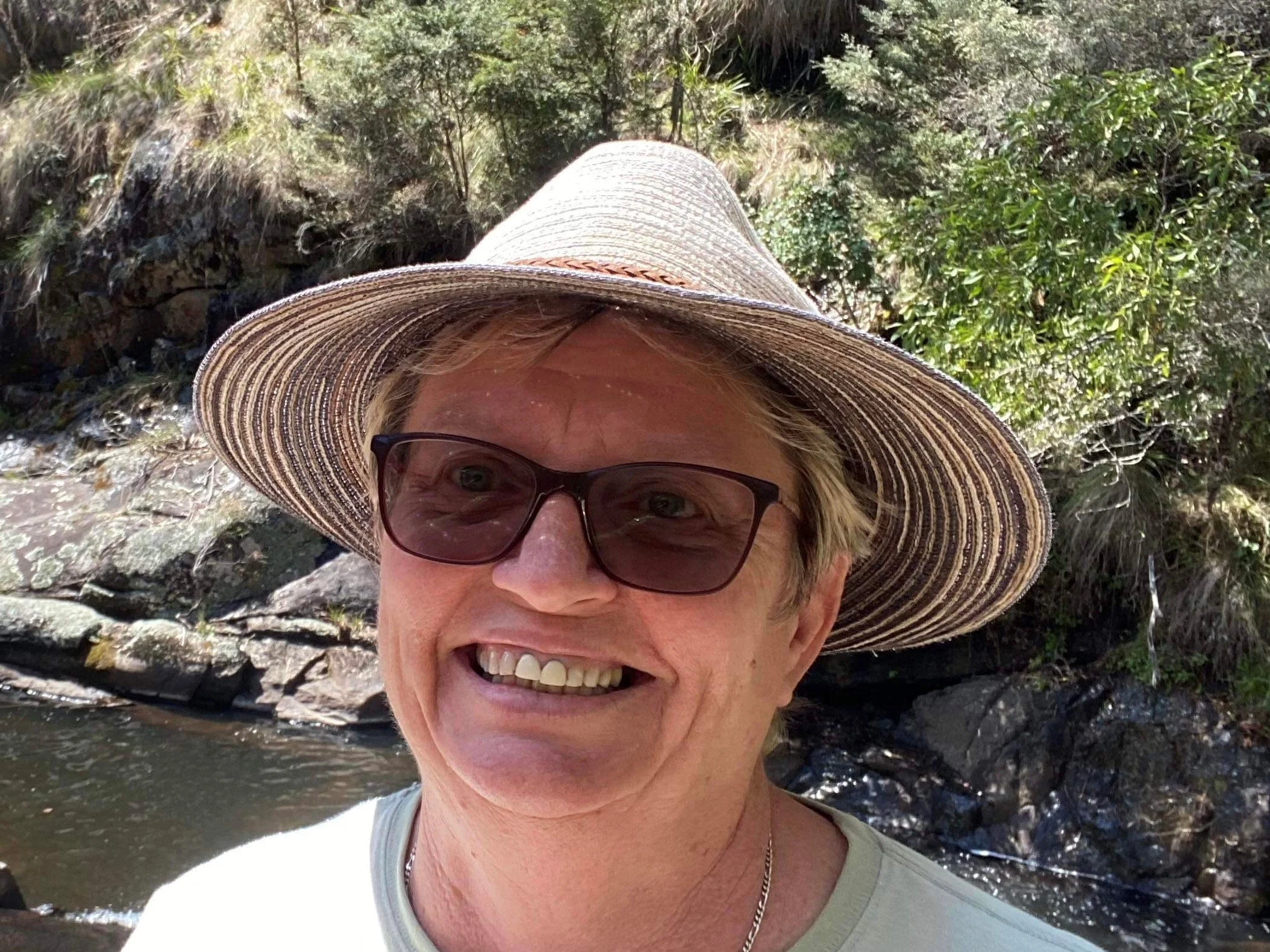
Shirley’s love of Australian native plants began in 1996 when she enrolled in a TAFE horticultural course to learn about soils and nutrients. A passionate bush regeneration teacher encouraged her to attend the Queensland Society for Growing Australian Plants (SGAP) spring flower show and she was hooked from that day. Shirley joined the Pine Rivers Branch, north of Brisbane and quickly became obsessed with the desire to know which family each species belonged to, and why. Before long, she became an Australian Native Plants Society (ANPSA) biennial conference junkie, where she eagerly learned from other ‘plant people’. Shirley was especially amazed by the diversity of pea-flowered plants.
In 2014, Shirley’s passion for plant identification and classification led her to undertake a Bachelor of Science, majoring in botany, at the University of New England. During her studies, she was accepted to participate in the Volunteer Botanical Training Program at the Australian National Herbarium, where she contributed to the Australian National Botanic Gardens’ ‘Growing Native Plants’ web page with the horticultural values of the Swan River Pea, Gastrolobium celsianum.
Now permanently settled in Lake Macquarie, she is a member of both the Newcastle and Central Coast groups of APS NSW. At the ANPSA biennial conference in Albany in 2019, she volunteered to revive the Pea Flower Study Group seeing it as an outlet to share knowledge with others and learn more about her favourite plant group. In August 2023, she organised and led the study group’s inaugural pea forage on NSW’s Central Coast.
Shirley McLaran
Leader, Pea Flower Study Group

John is based at the Burnley Campus, University of Melbourne. His teaching and research interests centre on the design and use of plants, particularly in green infrastructure and public landscapes. John has a practice-based knowledge of plants and their uses and is responsible for maintaining the Burnley Plant Guide, an online database of landscape plants in south-eastern Australia. His plant knowledge has been informed through research, industry projects and international collaborations. In his spare time, together with his wife Michelle, he gains great joy from nurturing and torturing plants from his one-hectare garden in the Dandenong Ranges.
Associate Professor John Rayner
University of Melbourne

